We rolled across the Missouri River into Omaha, Nebraska’s largest city (pop: almost a million).
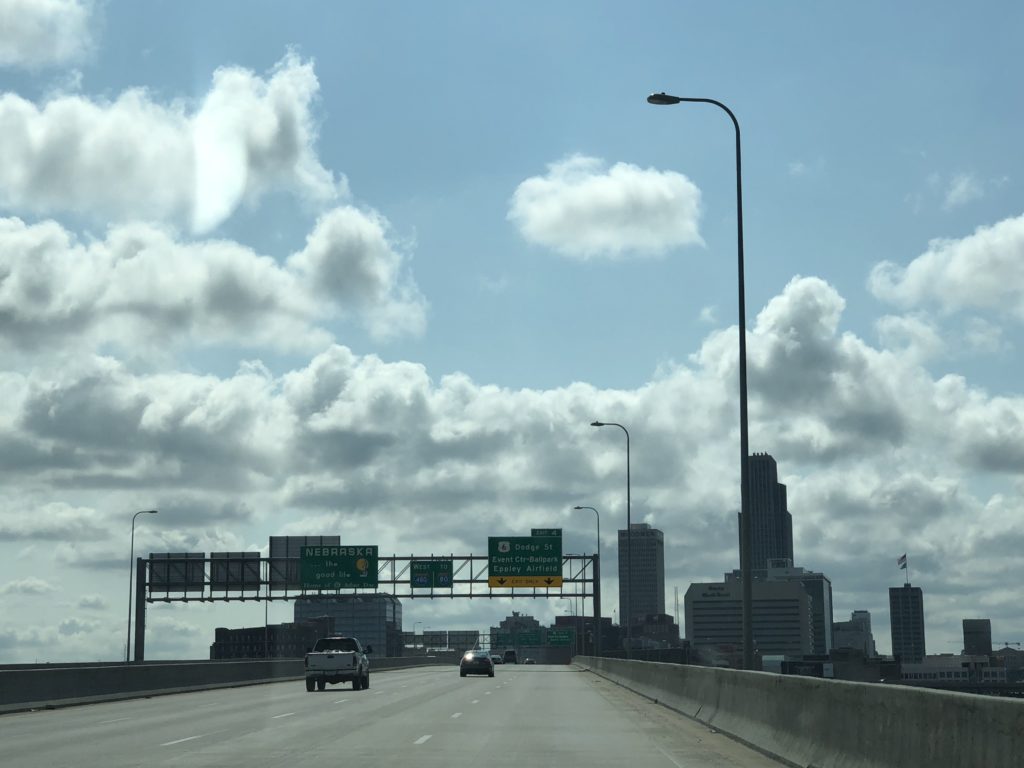
It’s nicknamed the ‘Gateway to the West’ and seems positioned slap-bang in the middle of the country. In fact, Nebraska is the only “triple landlocked” state, meaning that you have to travel through three other states before you can reach an ocean or sea. Omaha’s central position is a distinct advantage, resulting in it becoming an important transportation hub. The giant Union Pacific Rail Road started out of Omaha, heading westward to the Pacific. The company remains headquartered here and forms a powerful duopoly with BNSF for railway transportation in the Western US. Our first stop: the company’s impressive art deco-style original Omaha station building that has been converted into the Durham museum.
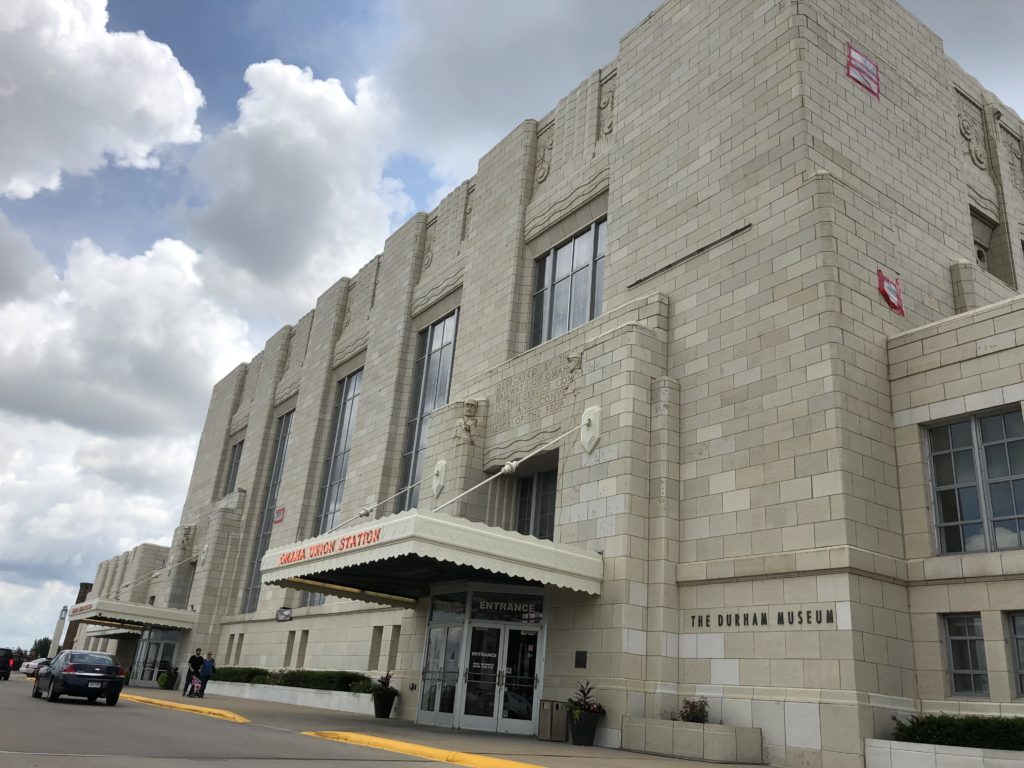
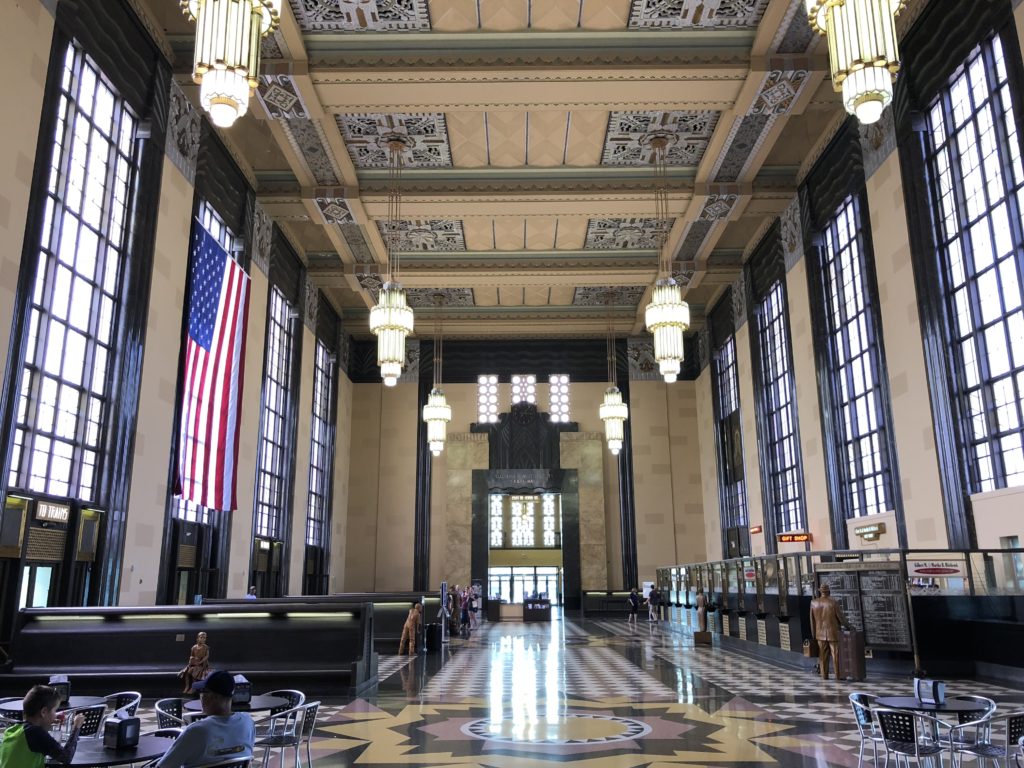
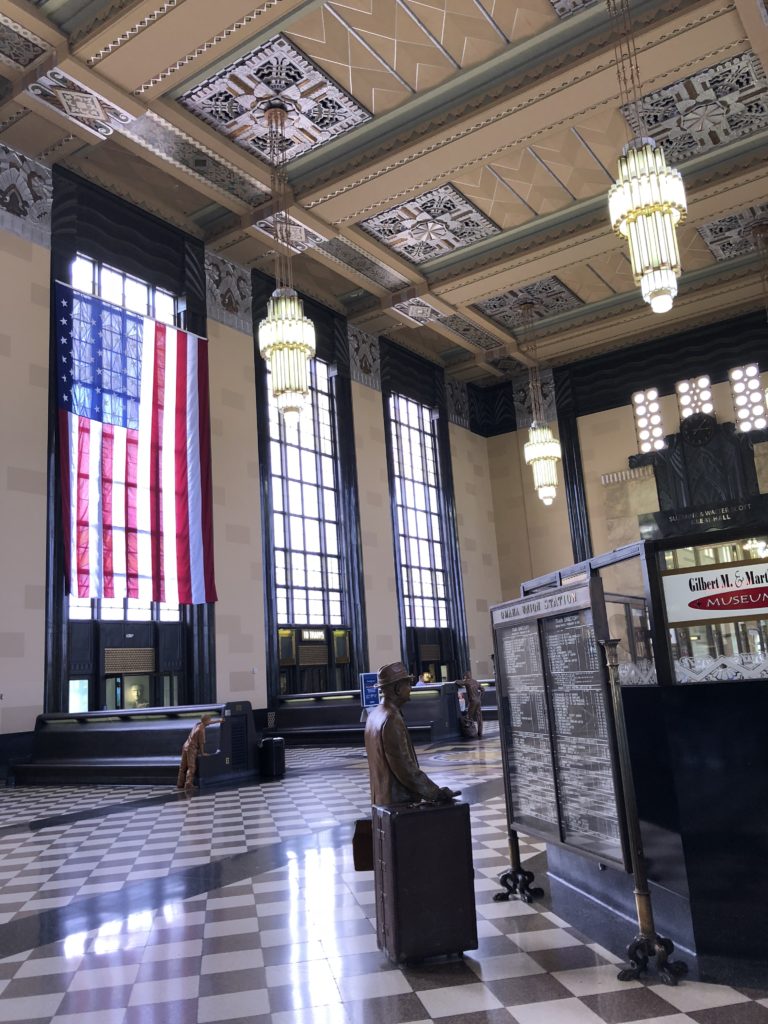
In the museum, we discovered another one of Omaha’s historically big businesses – stockyards. West of Omaha lies America’s cattle country. The land flattens out and the prairies seem to become less suited for agriculture and more for suited for beef. Stockyards formed in Omaha, a natural transportation hub close to both farmers and the nation’s slaughterhouses in Chicago. Here’s a picture of the Livestock Exchange Building in south Omaha built in 1926:

The stockyard business: Farmers would raise cattle and arrange to transport them to the stockyards. The yards would hold, feed, water, and weigh the livestock until sale. The buyer and seller would be negotiating a price, facilitated by agents, and the sale happened when the cows left the yards.
Someone then had the bright idea of building slaughterhouses in Omaha, and moving just the meat onwards to the buyers. This proved extremely successful. By 1955, Omaha overtook Chicago as the nation’s stockyard and meatpacking centre, and the industry became a key employer in the city. Since peaking mid-century, meat packing plants steadily moved to smaller towns with cheaper land and labour and Omaha’s position in the industry declined.
The museum also covered a bit of politics. The state of Nebraska is heavily Republican, voting for the Republican candidate in every presidential election but one since 1940. Nebraska is one of two states that actually splits its electoral votes rather than ‘winner-takes-all’ – more on this later. There was also an interesting display on the Buffett’s grocery store owned by Warren Buffett’s grandfather.
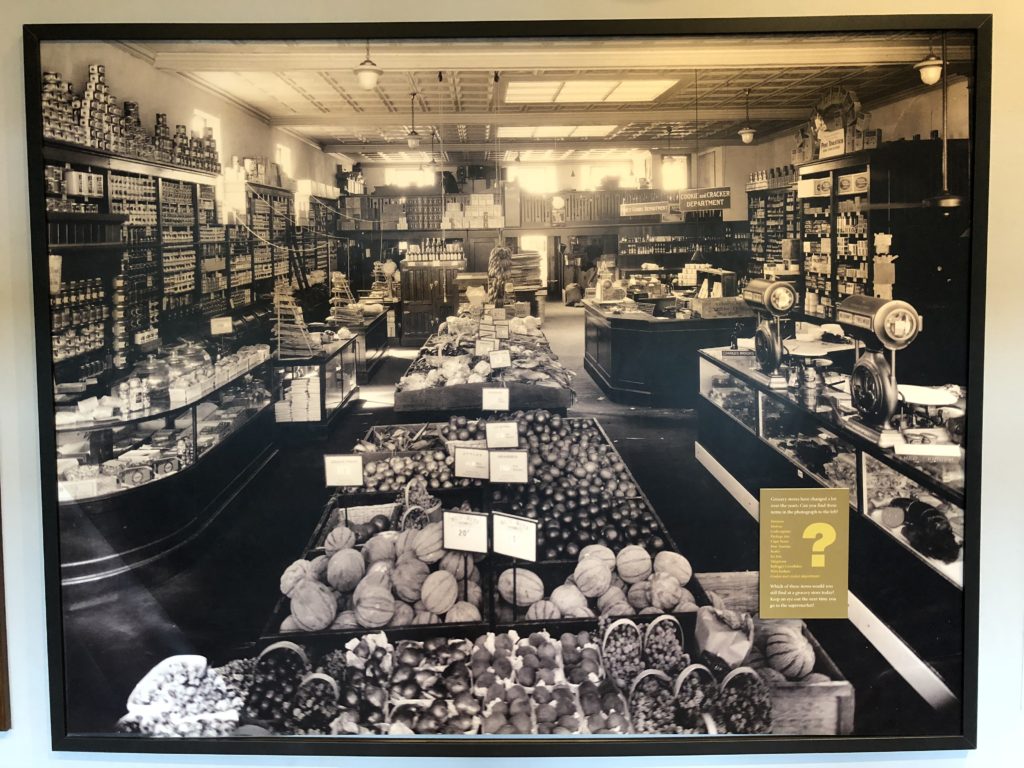
Which is a nice segue into the topic of the Oracle of Omaha. The legendary investor still lives in Omaha, where Berkshire Hathaway is based. We drove past both to take a look.
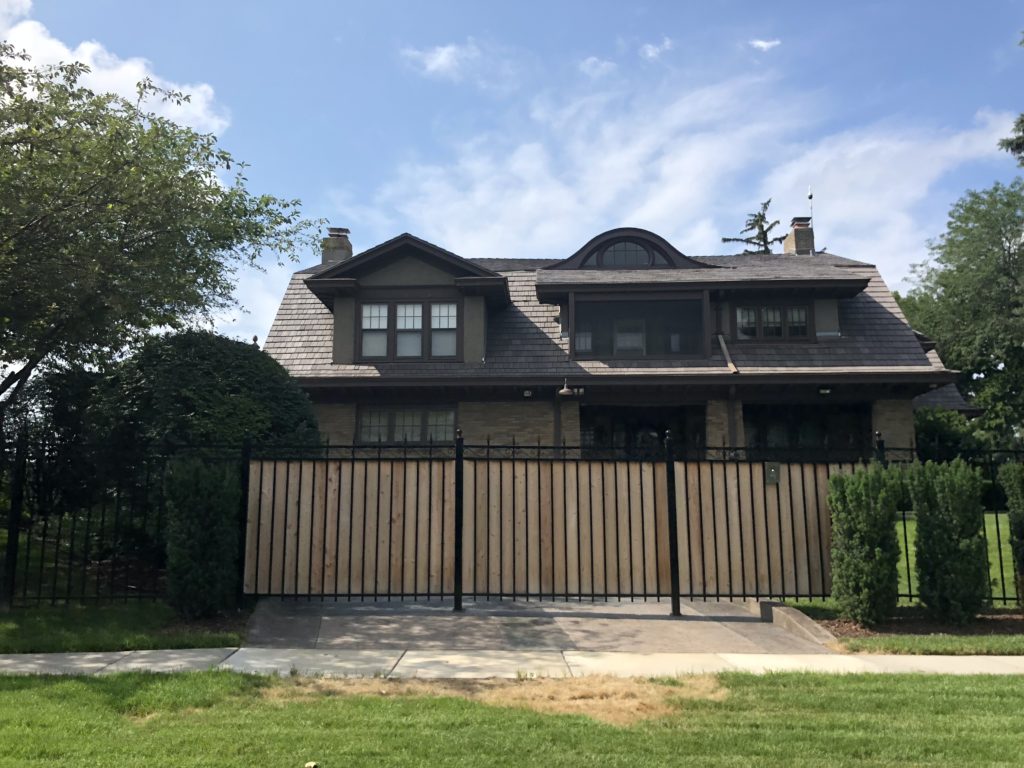

We also decided have a meal at Buffett’s favourite steakhouse, Gorat’s.
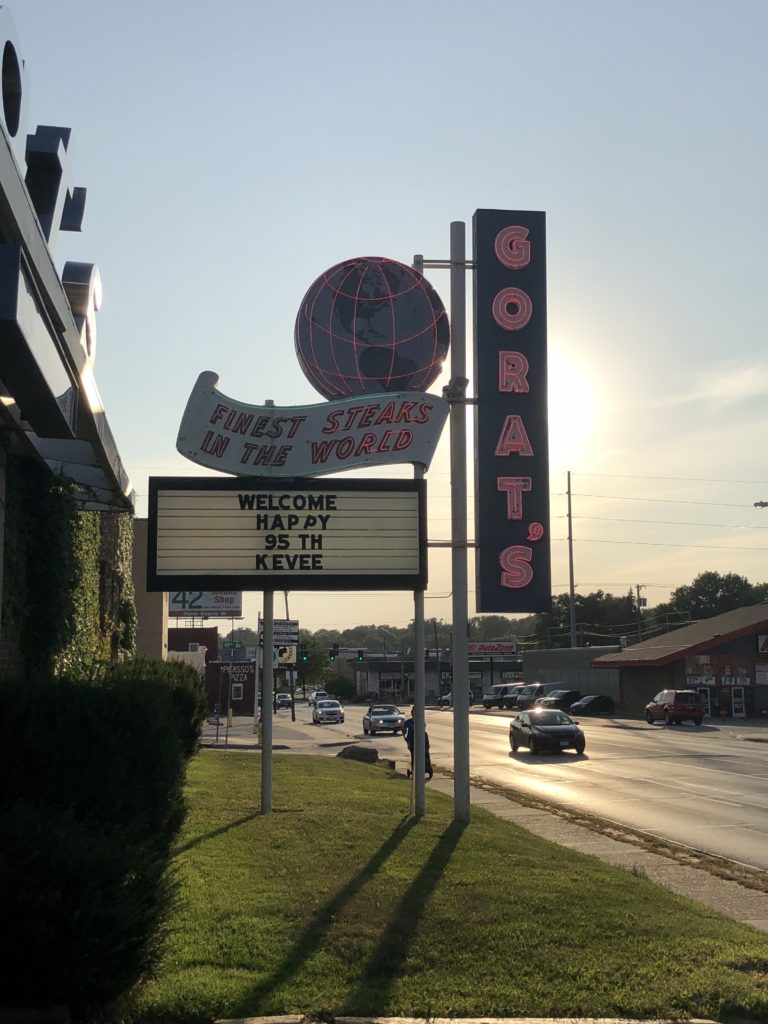
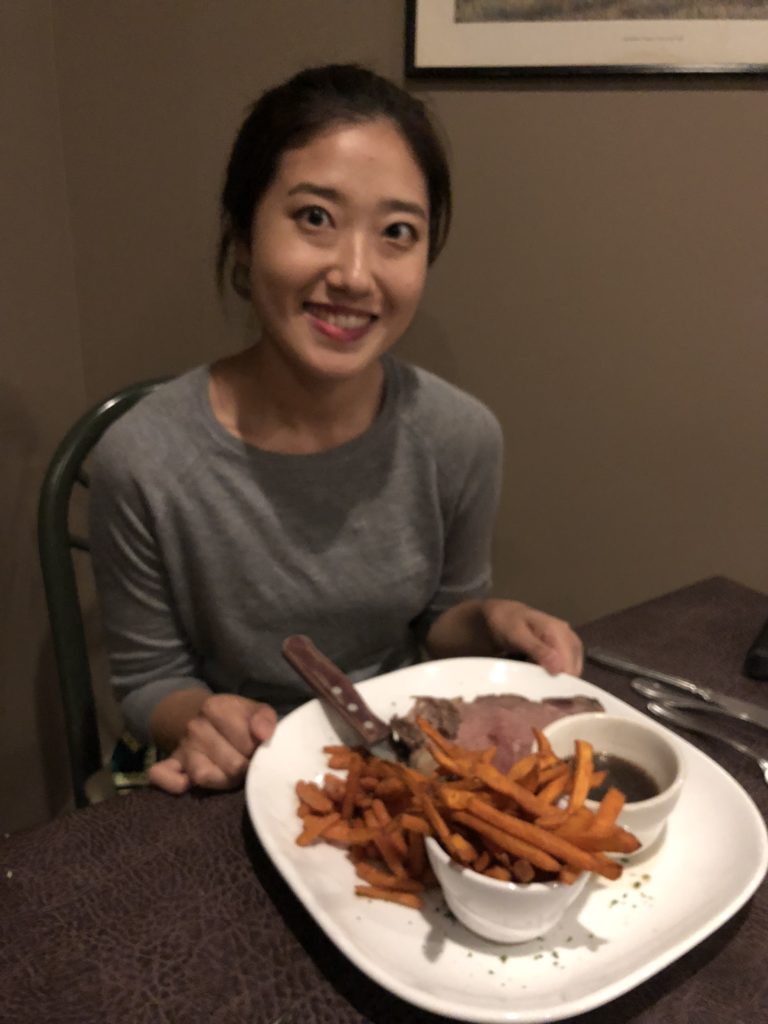
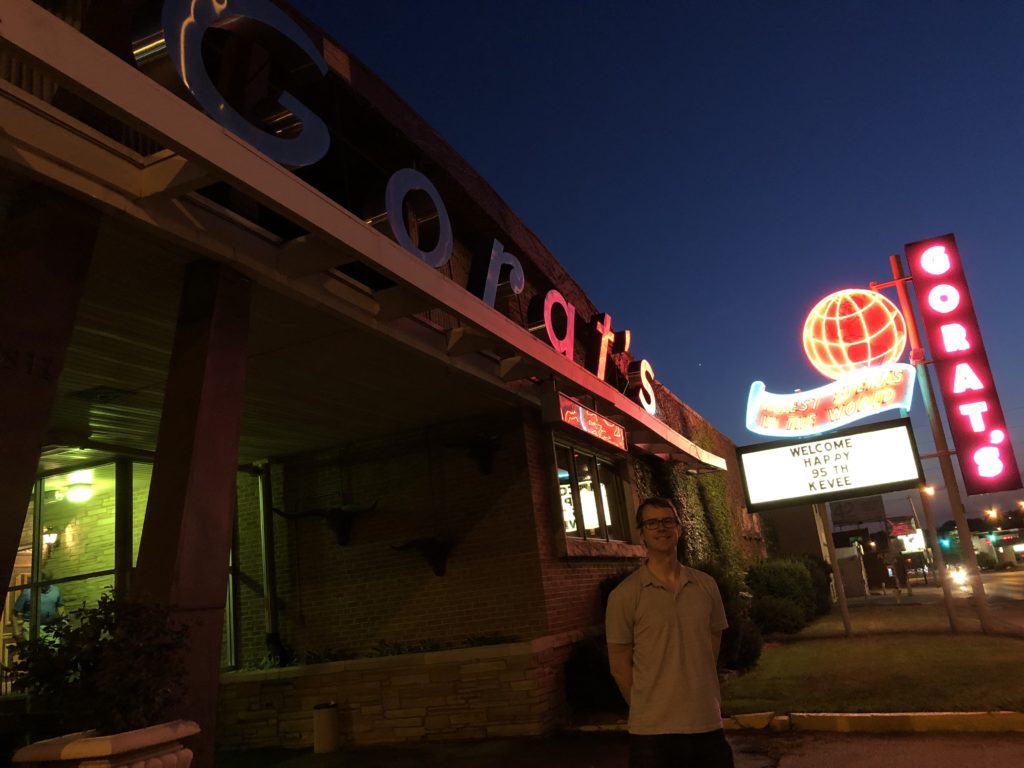
And we also swung by Berkshire-owned Nebraska Furniture Mart, supposedly the largest furniture store in the country (it even housed a small See’s Candies shop). The store was founded by the now-legendary Rose Blumkin, who worked there until she was 103yrs old under the motto “sell cheap and tell the truth”.
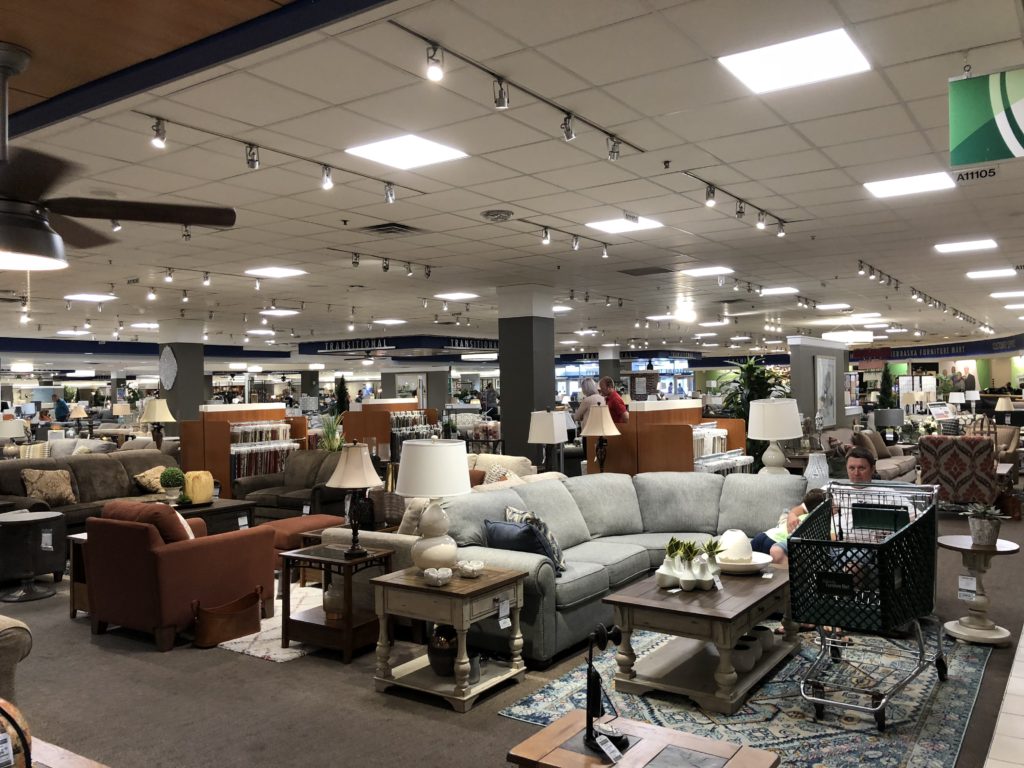
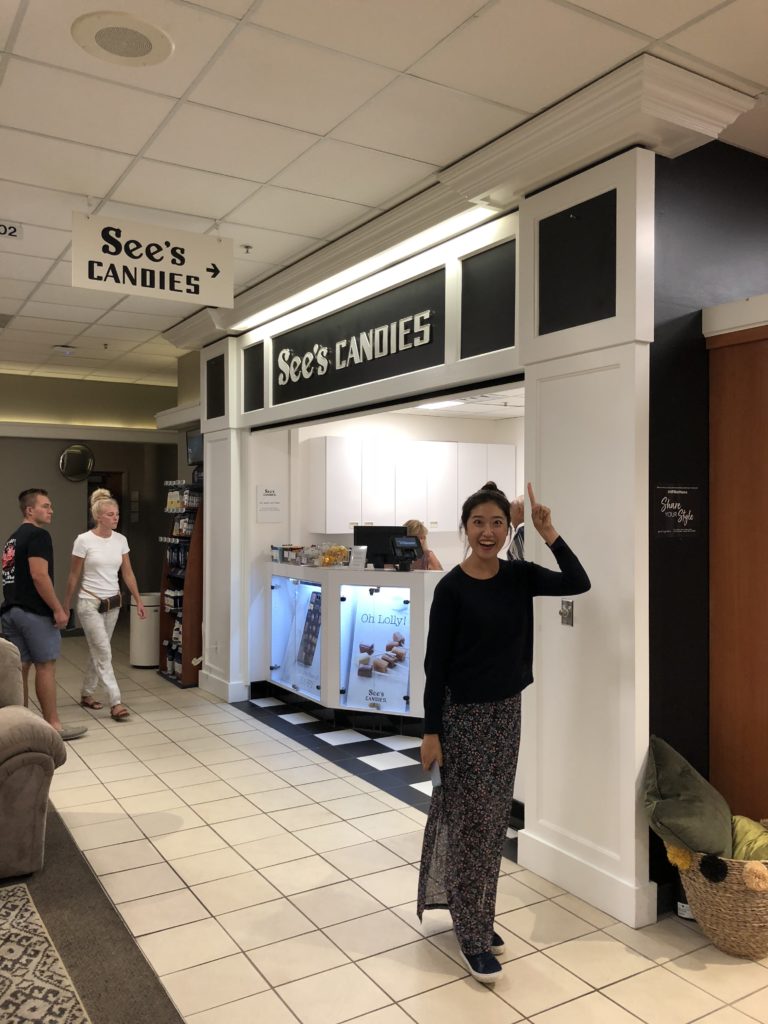
Omaha, it turns out, has been the hometown for a disproportionate number of inventions over the years – the bobby pin, the Reuben sandwich, cake mix, the ski lift, the top-40 radio program format, and the TV dinner. Aside from Union Pacific and Berkshire, Omaha has produced some enormous firms, like Kiewit Corporation (engineering), Mutual of Omaha and Ameritrade (finance), Werner Enterprises (trucking), ConAgra Brands (food), Gallup (polling), and is home to a bunch of insurers.
We were strongly advised to check out Omaha’s Henry Doorly Zoo, and it had excellent reviews on travel sites. So, since we had a free day, we decided to check it out. The place is huge and fairly well put together. The highlight was probably the desert dome (think Biodome, the movie), but here are a bunch of pictures:
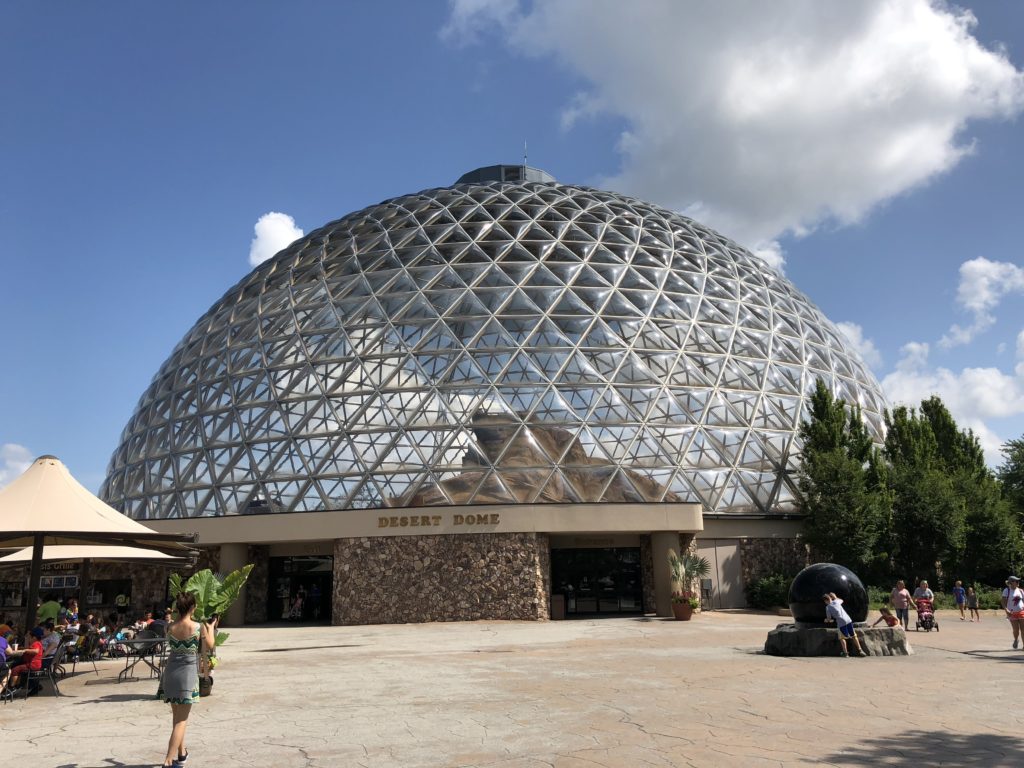
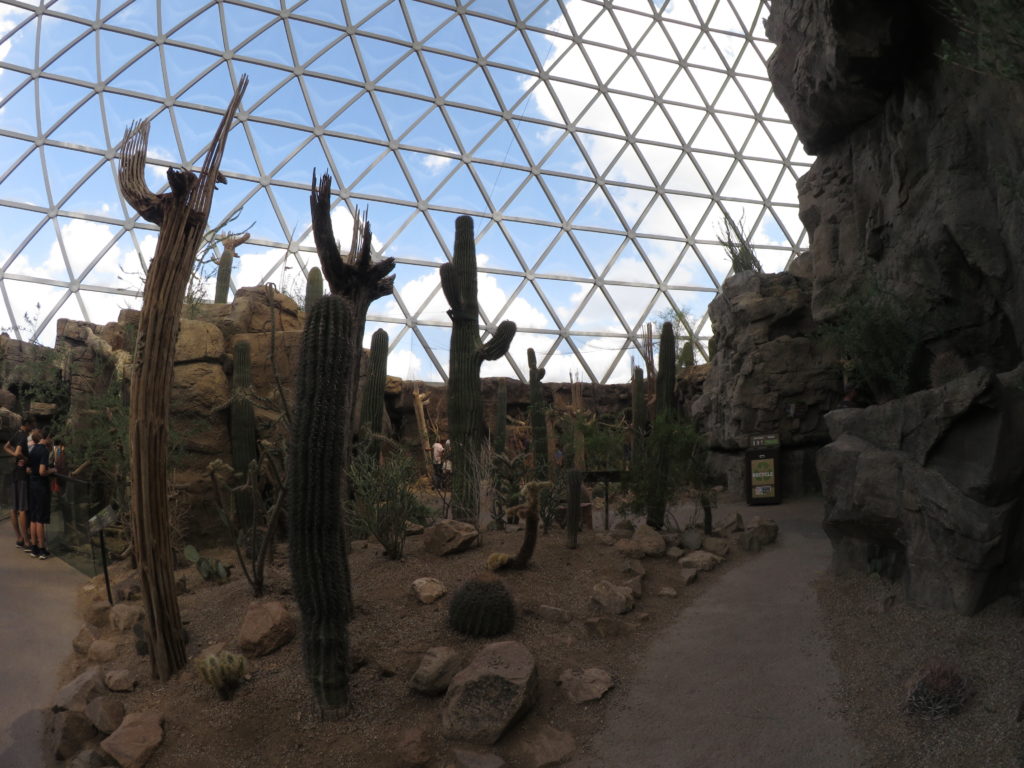
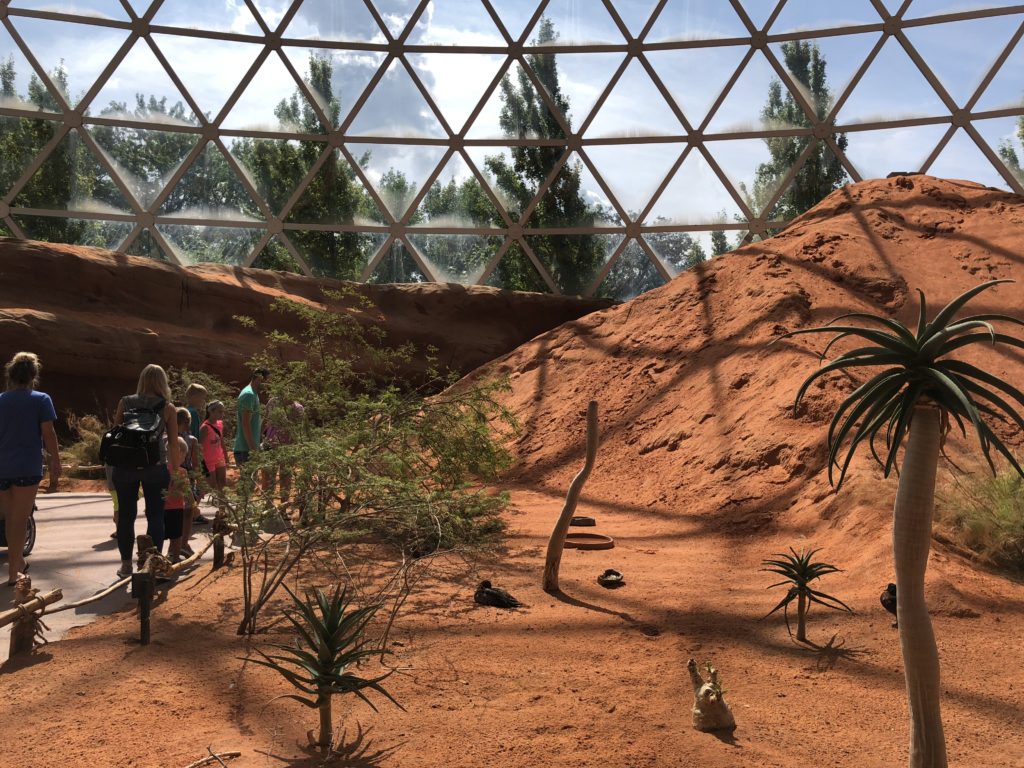
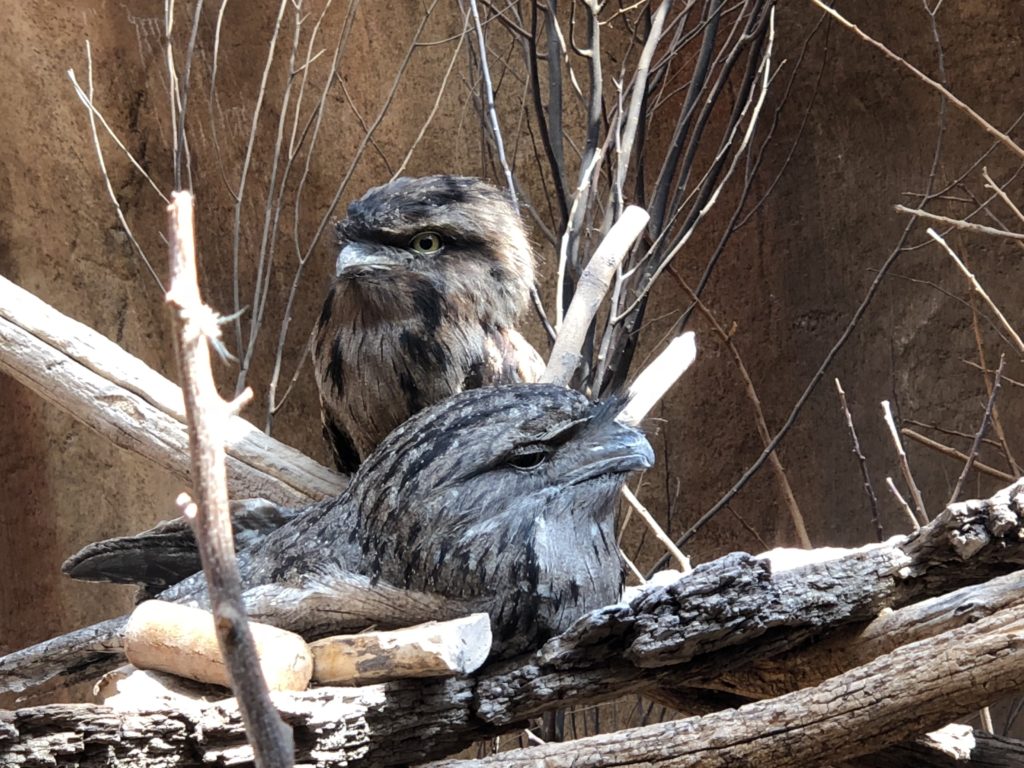

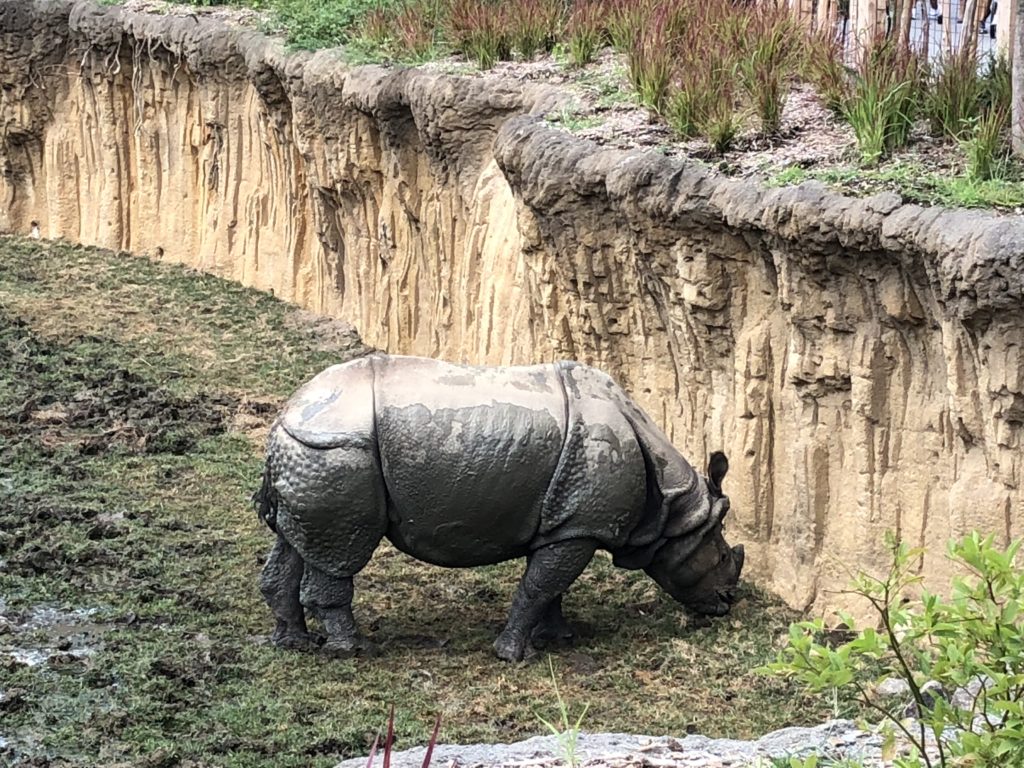
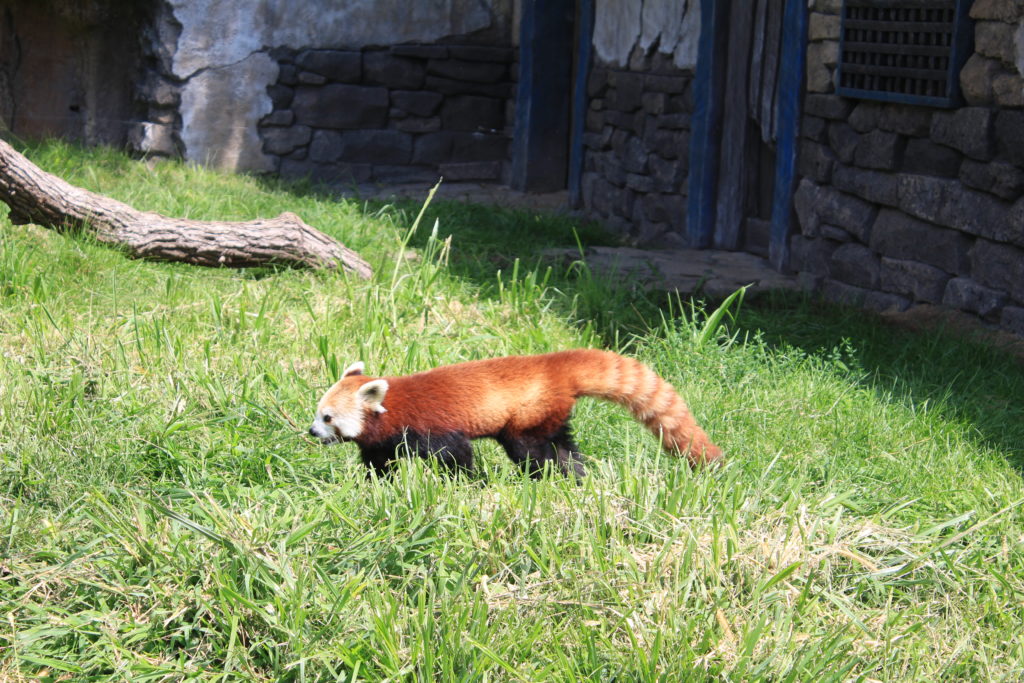
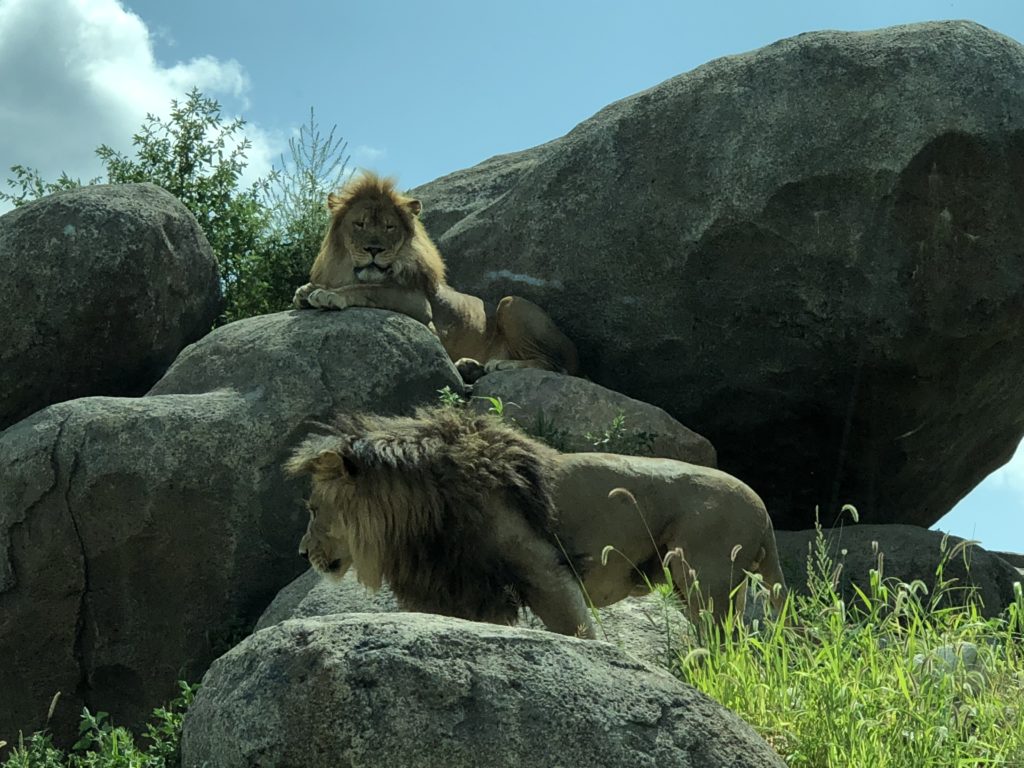
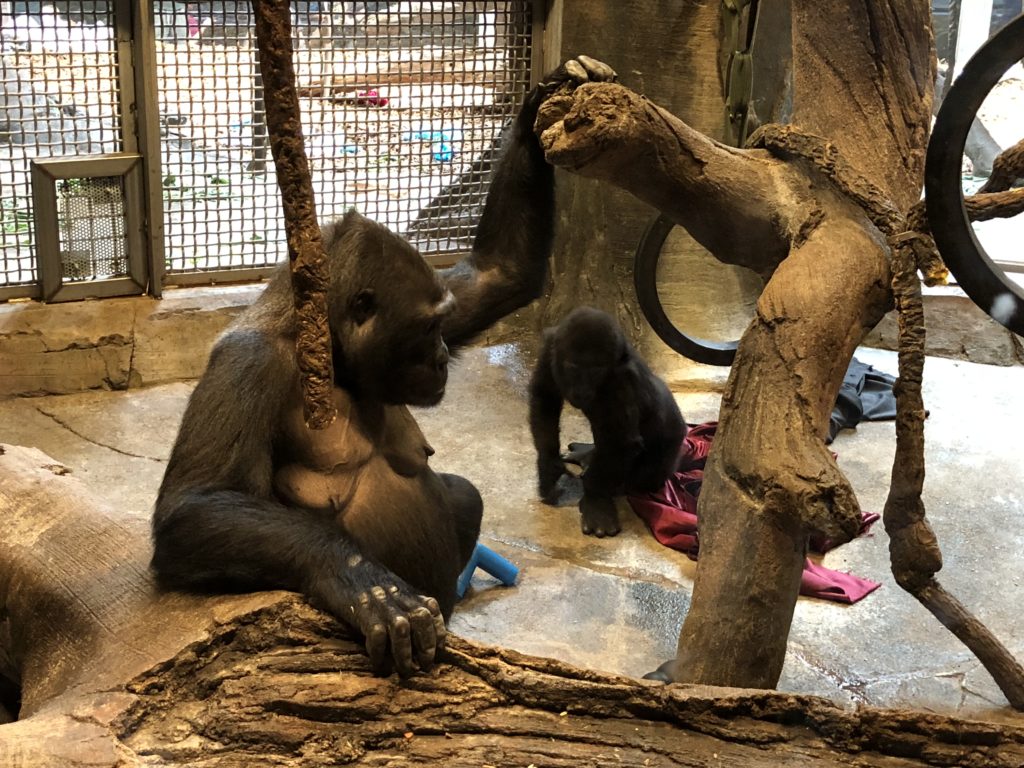
Here’s a few more of Omaha – the Old Market and the Saint Cecilia Cathedral.
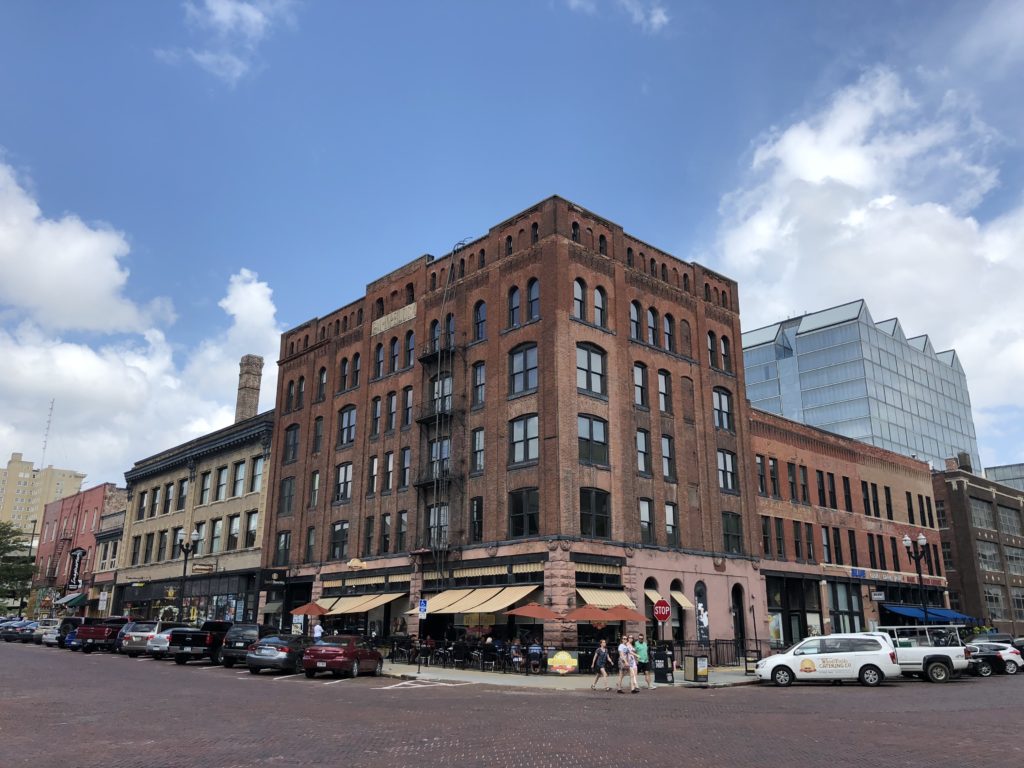
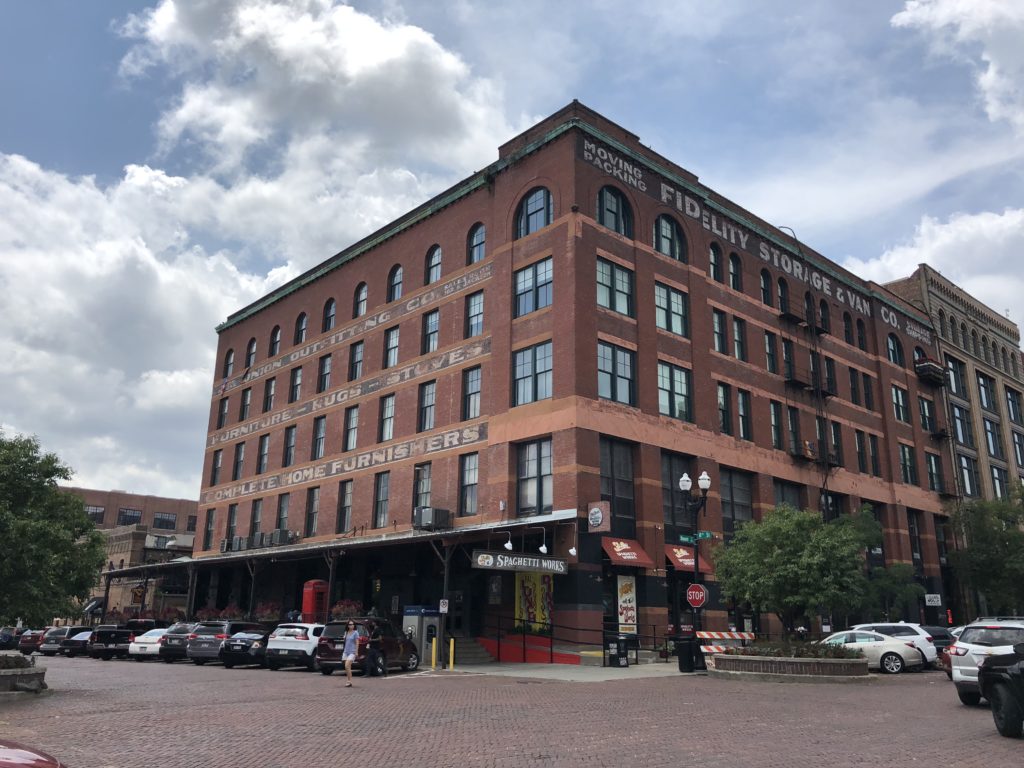
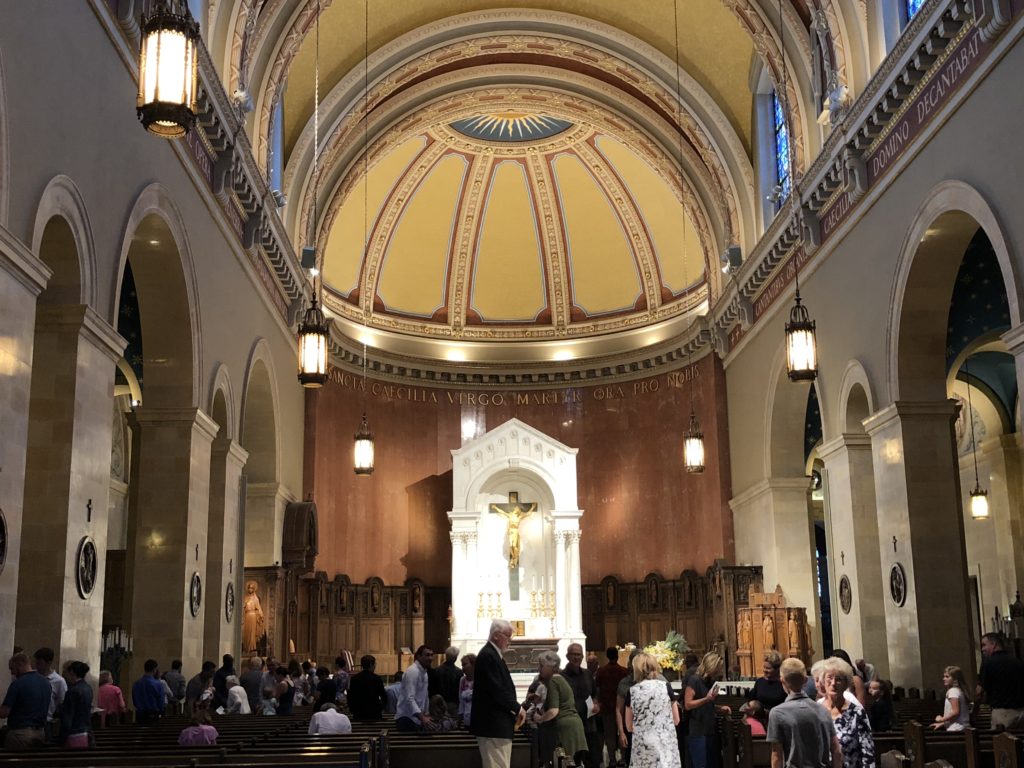
We headed west out of Omaha into central Nebraska. Rolling hills faded into flat prairies (grasslands).
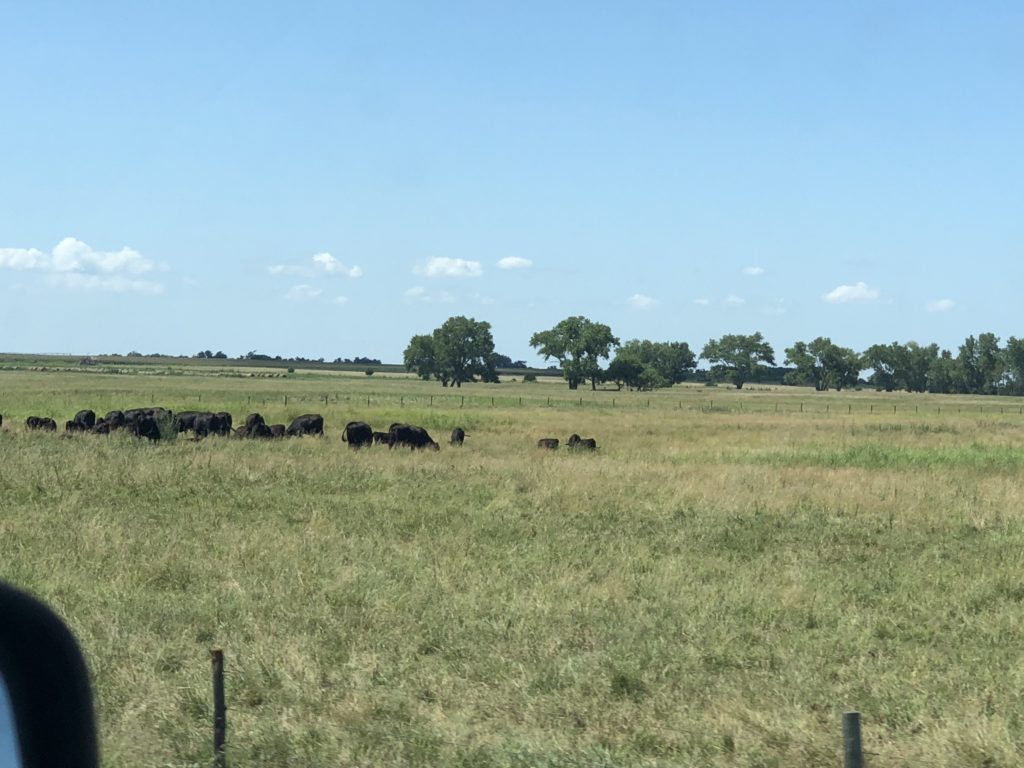
We then pivoted northwards to South Dakota and into ‘The Badlands’.

